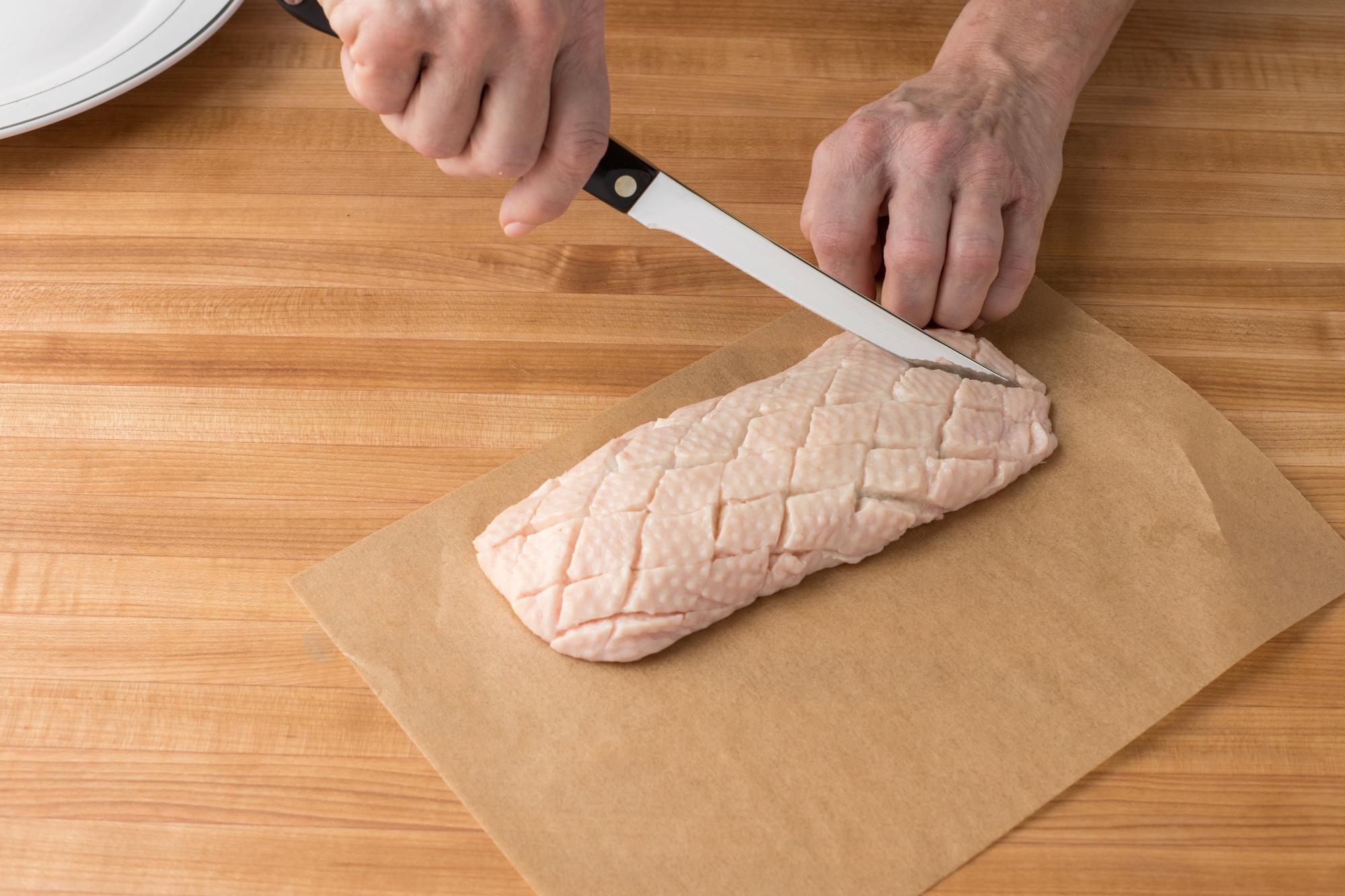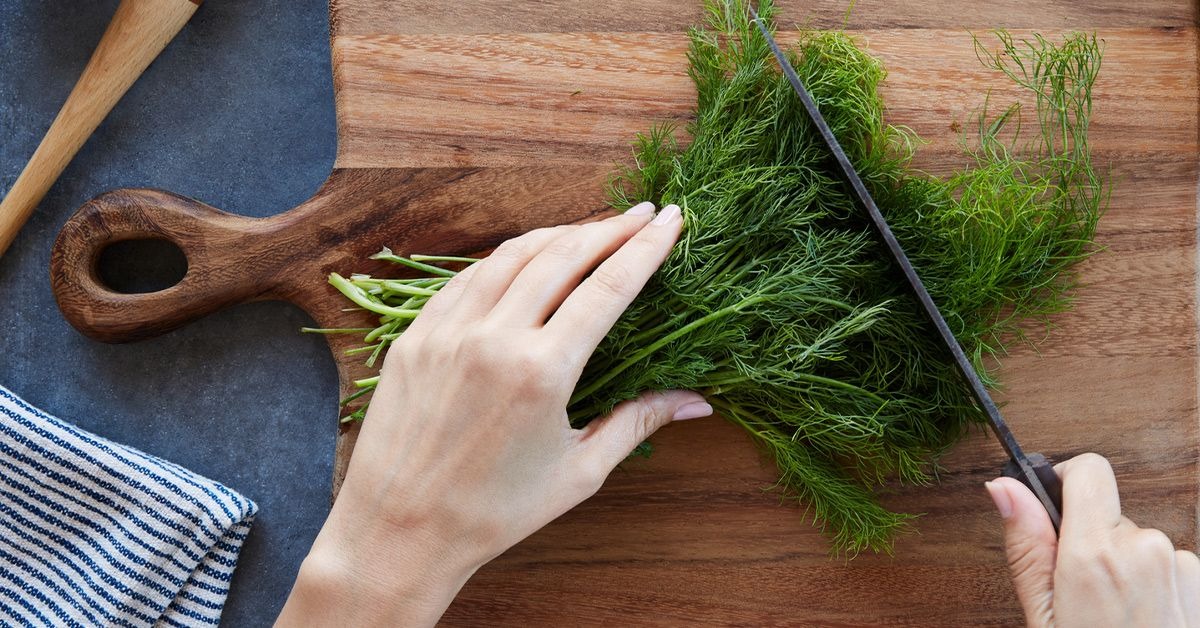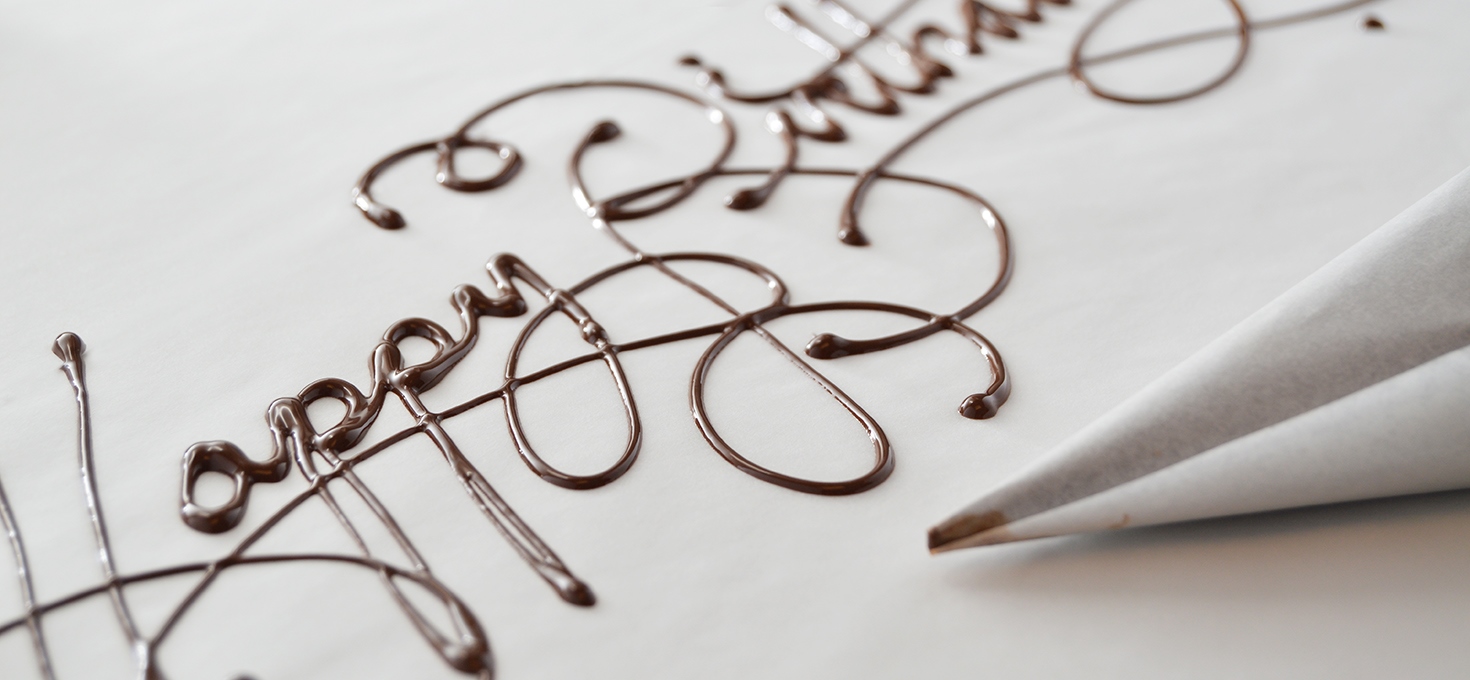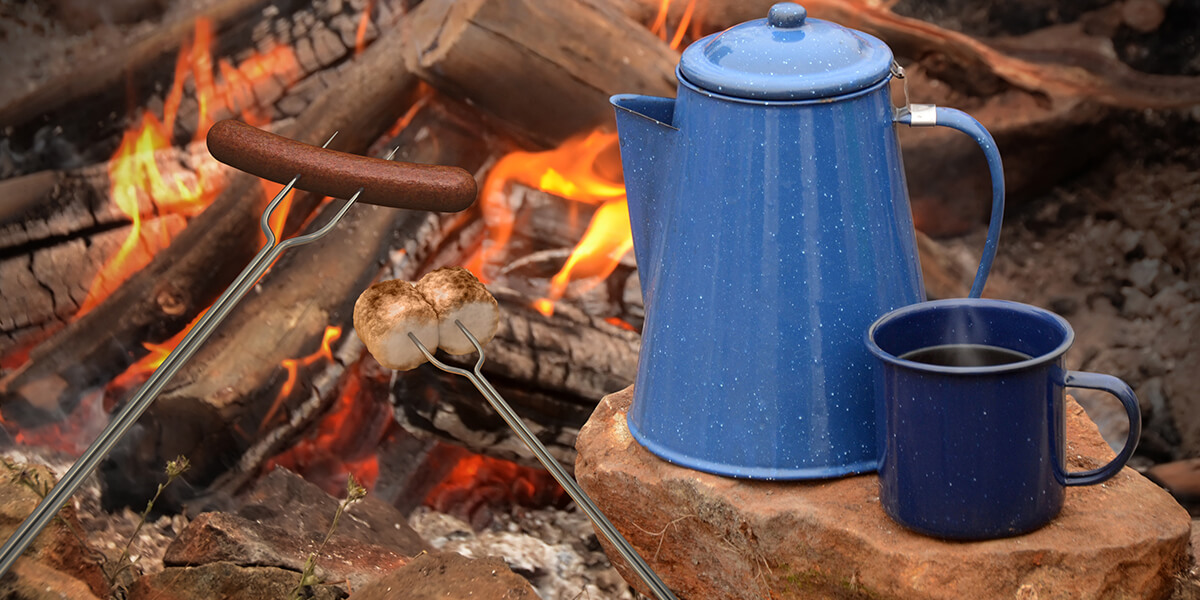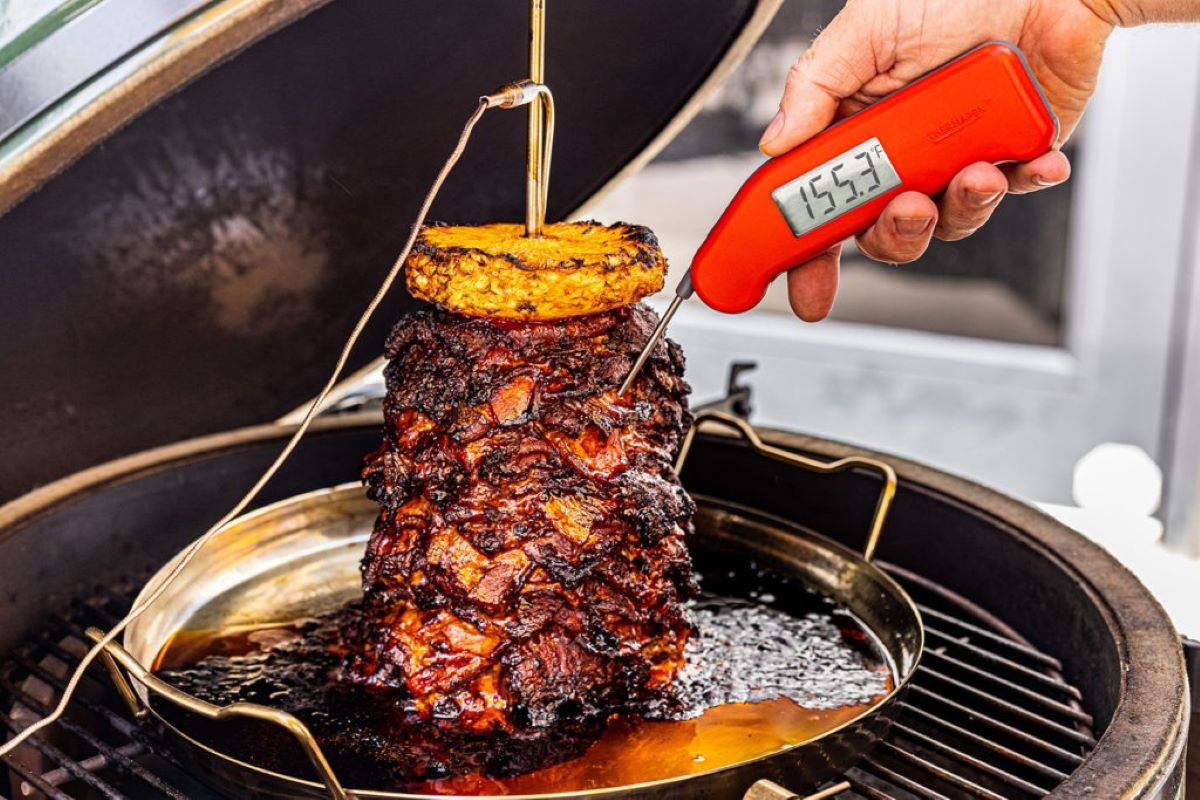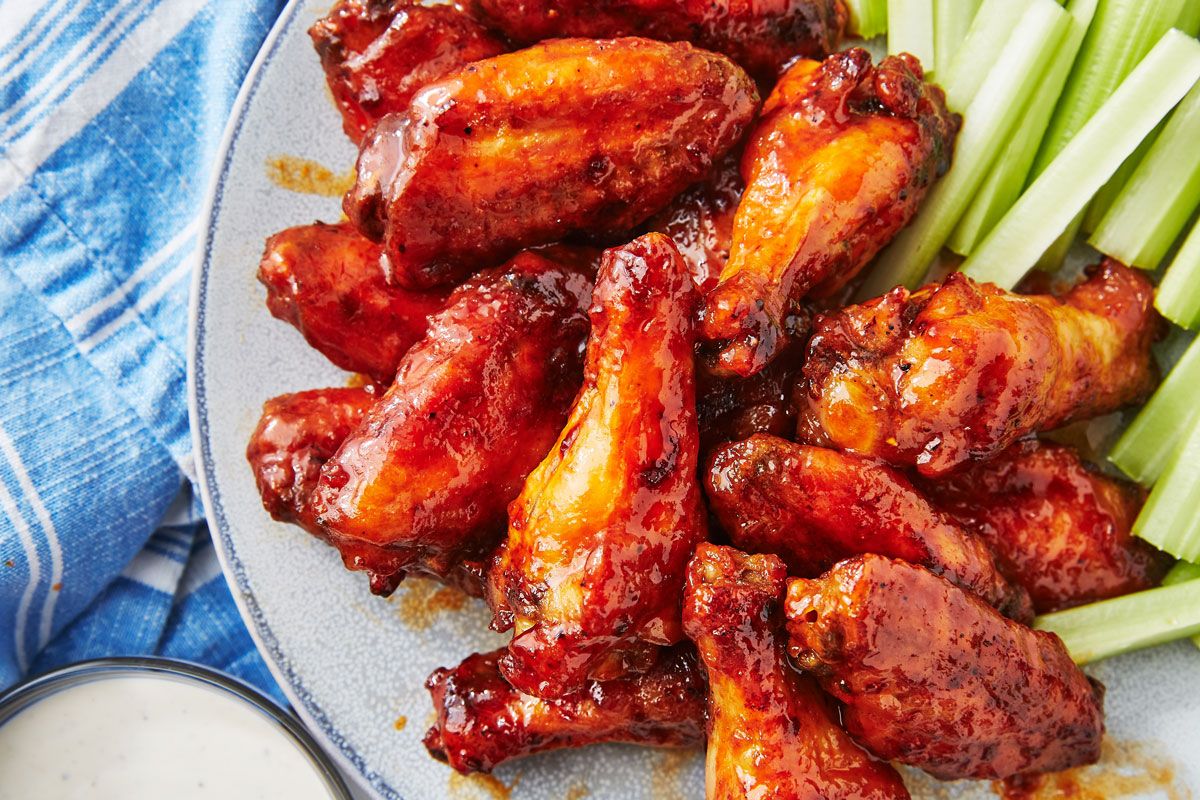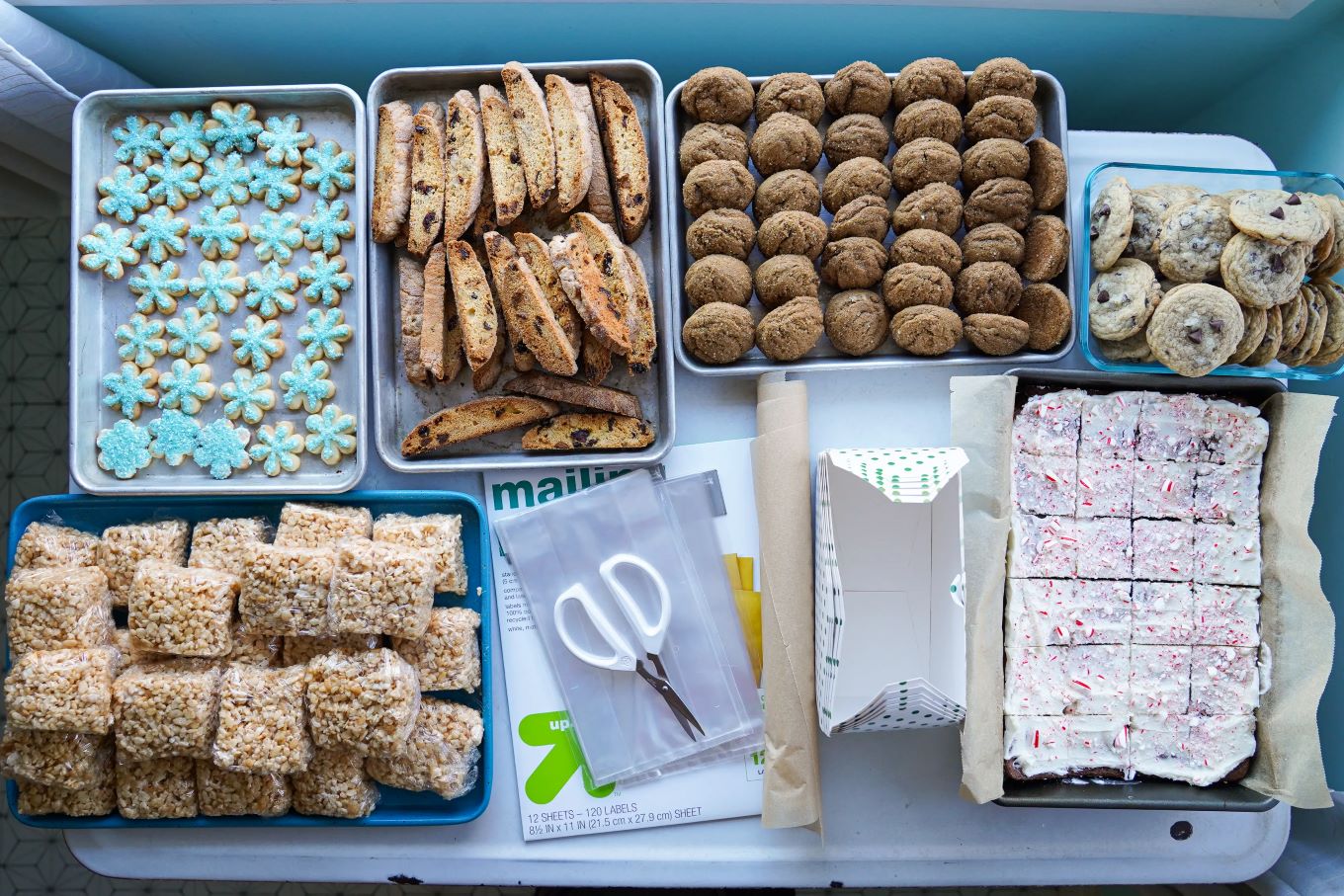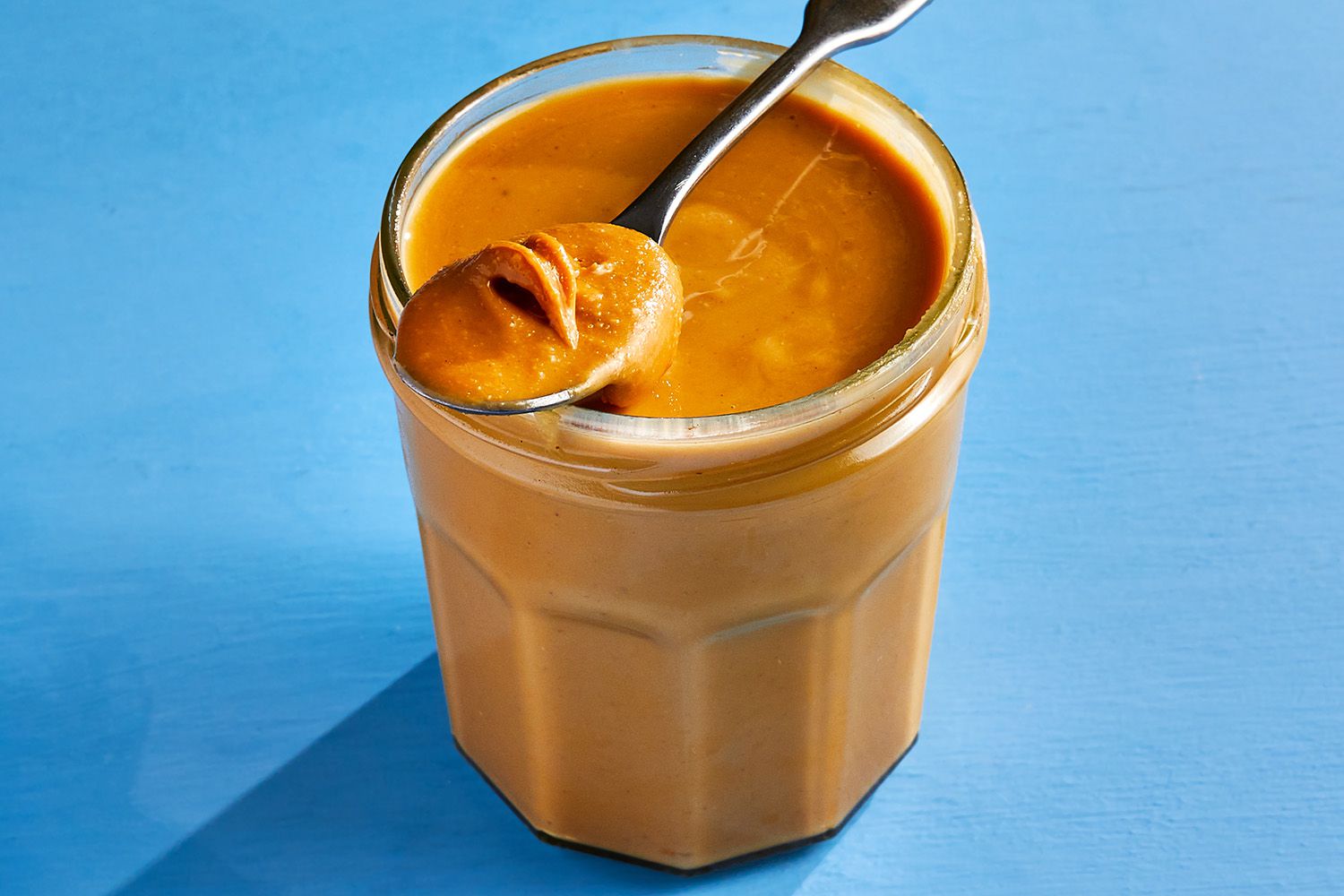How to Cut Your Own Pork Chops
Are you tired of buying pre-packaged pork chops, only to find that they are not up to your standards? Or maybe you just want to have more control over the size and thickness of your pork chops? Well, look no further! In this article, we will guide you through the process of cutting your own pork chops, so that you can enjoy the juiciest and most flavorful chops right at home.
Step 1: Choose the Right Cut of Pork
The first step in cutting your own pork chops is to select the right cut of pork. The most common cuts used for pork chops are the loin and the rib. These cuts are known for their tenderness and rich flavor. When choosing the cut, opt for the ones with a good amount of marbling, as it adds extra juiciness to the chops.
Step 2: Prepare Your Tools
Before you start the cutting process, make sure you have the necessary tools on hand. These include a sharp knife, a cutting board, and a sturdy pair of kitchen shears. Keeping your tools clean and sharpened ensures smooth and precise cuts.
Step 3: Trim and Remove Excess Fat
Once you have your cut of pork, it’s time to trim away any excess fat. While fat adds flavor, too much can be overwhelming. Use the kitchen shears to carefully remove any undesirable fat from the edges of the meat.
Step 4: Determine the Thickness of Your Chops
Decide how thick you want your pork chops to be. Some prefer thin chops for quicker cooking, while others enjoy thick, juicy cuts. To achieve uniform thickness, use a ruler or your knife as a guide, ensuring consistent measurements for each chop.
Step 5: Make the Cuts
Using a sharp knife, position it parallel to the cutting board and slice through the pork, perpendicular to the grain. Start by making a small incision, and then use a smooth, sawing motion to cut through the meat. Repeat this technique for each pork chop, ensuring straight and even cuts.
Step 6: Tenderize and Season
Before cooking, consider tenderizing your pork chops. This can be done by pounding the chops with a meat mallet or a rolling pin. Tenderizing helps to break down the muscle fibers, resulting in a more tender and flavorful chop.
Once tenderized, season your pork chops with your favorite herbs and spices. A simple seasoning of salt, pepper, and garlic powder works wonders, or you can get creative with a marinade or rub of your choice to enhance the flavors.
Step 7: Cook and Enjoy!
Now that you have successfully cut your own pork chops, it’s time to cook them to perfection. Whether you choose to grill, bake, or pan-fry your chops, ensure they reach the appropriate internal temperature for safety. The USDA recommends cooking pork to an internal temperature of 145°F (63°C).
Once cooked, let the pork chops rest for a few minutes to allow the juices to redistribute. Serve them with your favorite sides, and savor the satisfaction of enjoying the delicious results of your own butchering skills.
Cutting your own pork chops not only allows you to customize the thickness and size to your liking, but it also gives you a sense of accomplishment. So, give it a try and become the master of your own pork chop destiny!
Ready to put your new pork chop slicing skills to the test? There are plenty of delicious recipes to try. For something sweet and tangy, consider Honey Mustard Glazed Pork Chops. If you prefer a bit of spice, Cajun Spiced Pork Chops are a great choice. For a taste of the tropics, try BBQ Pork Chops with Pineapple. If you enjoy rich flavors, Smothered Pork Chops with Onion Gravy will be a hit. And for something elegant, Pork Chops with Pomegranate Reduction offer a sophisticated twist. Each recipe is a fantastic way to highlight the quality and freshness of your hand-cut pork chops.
Was this page helpful?
Read Next: How To Cut Chicken Breasts Into Cutlets
